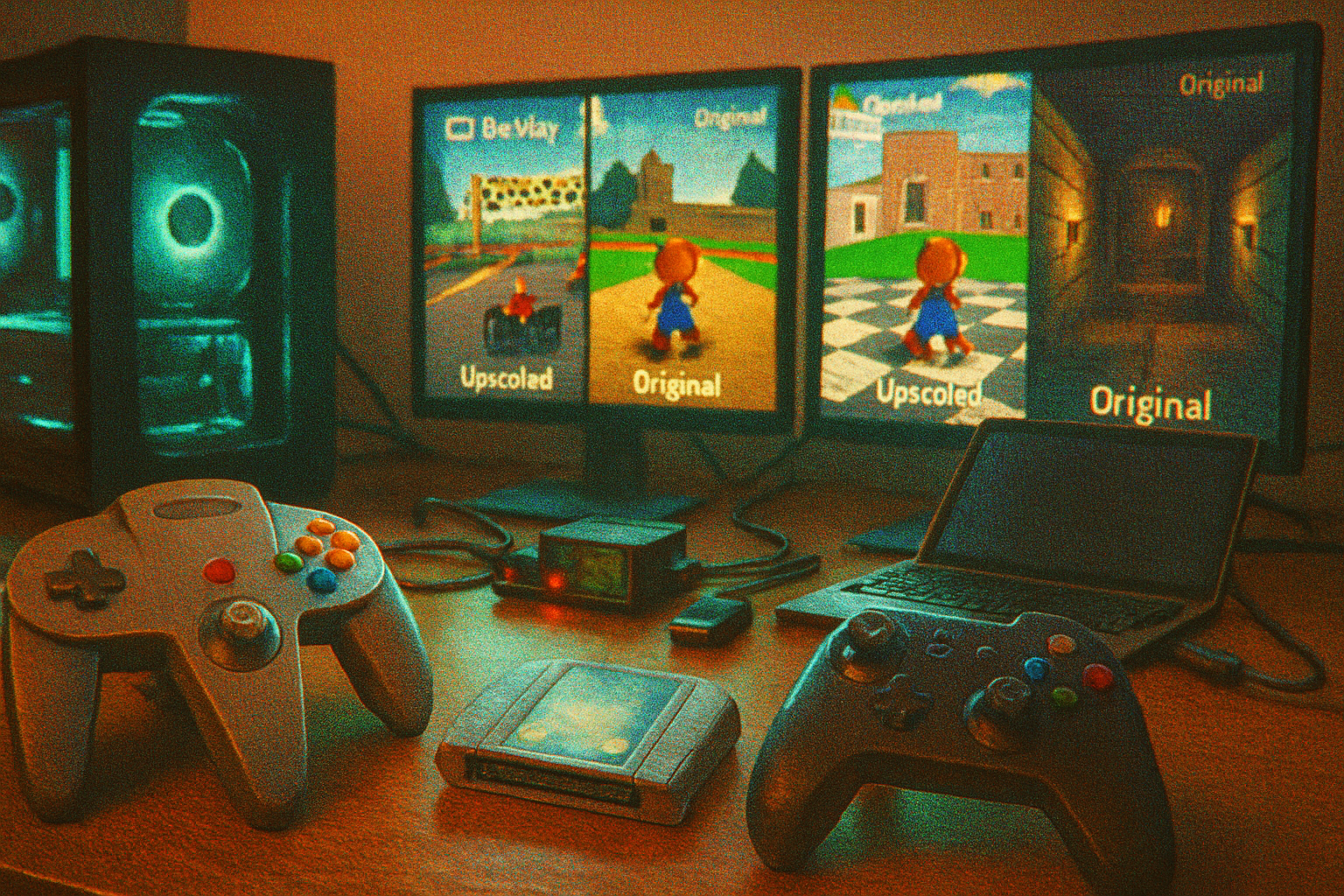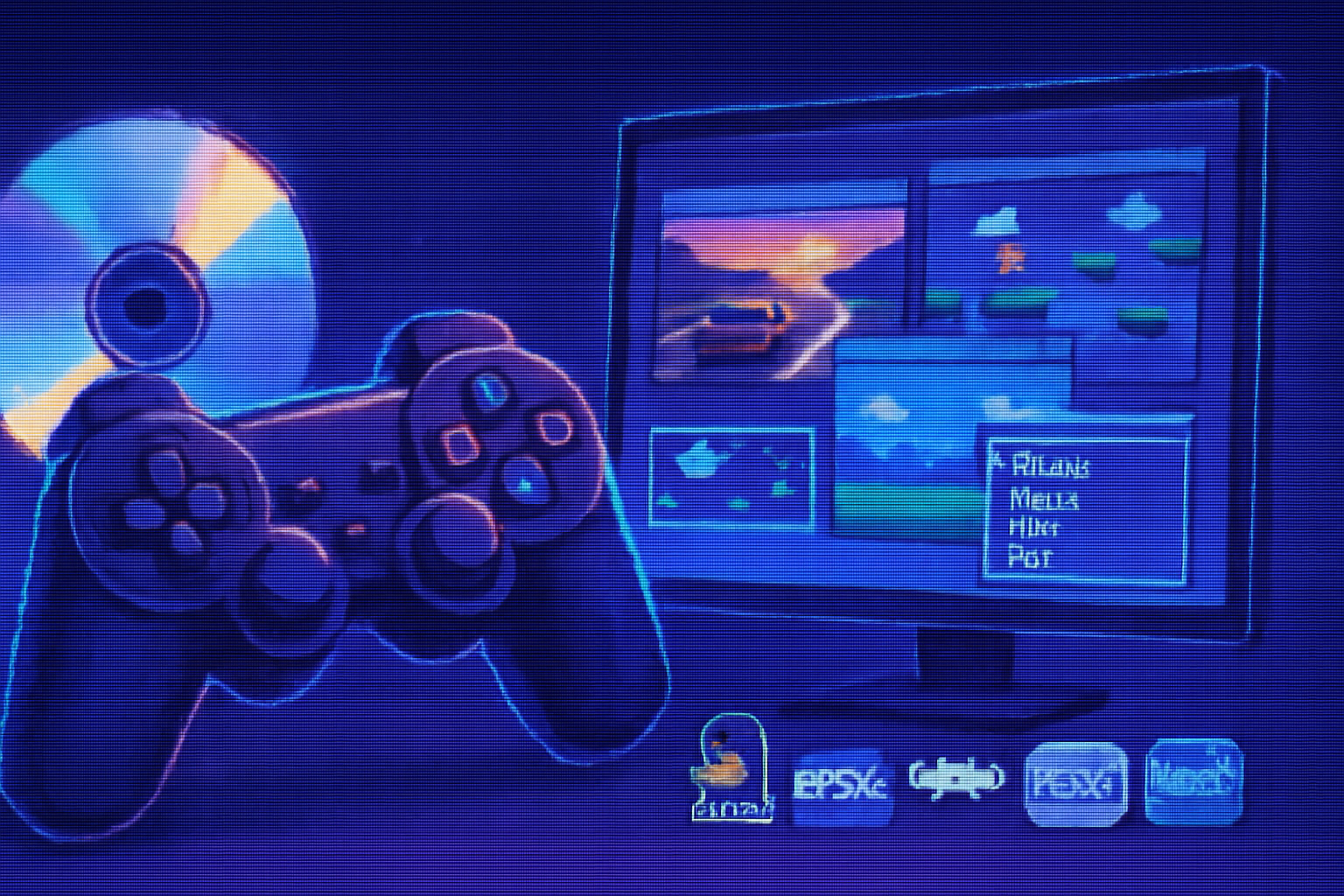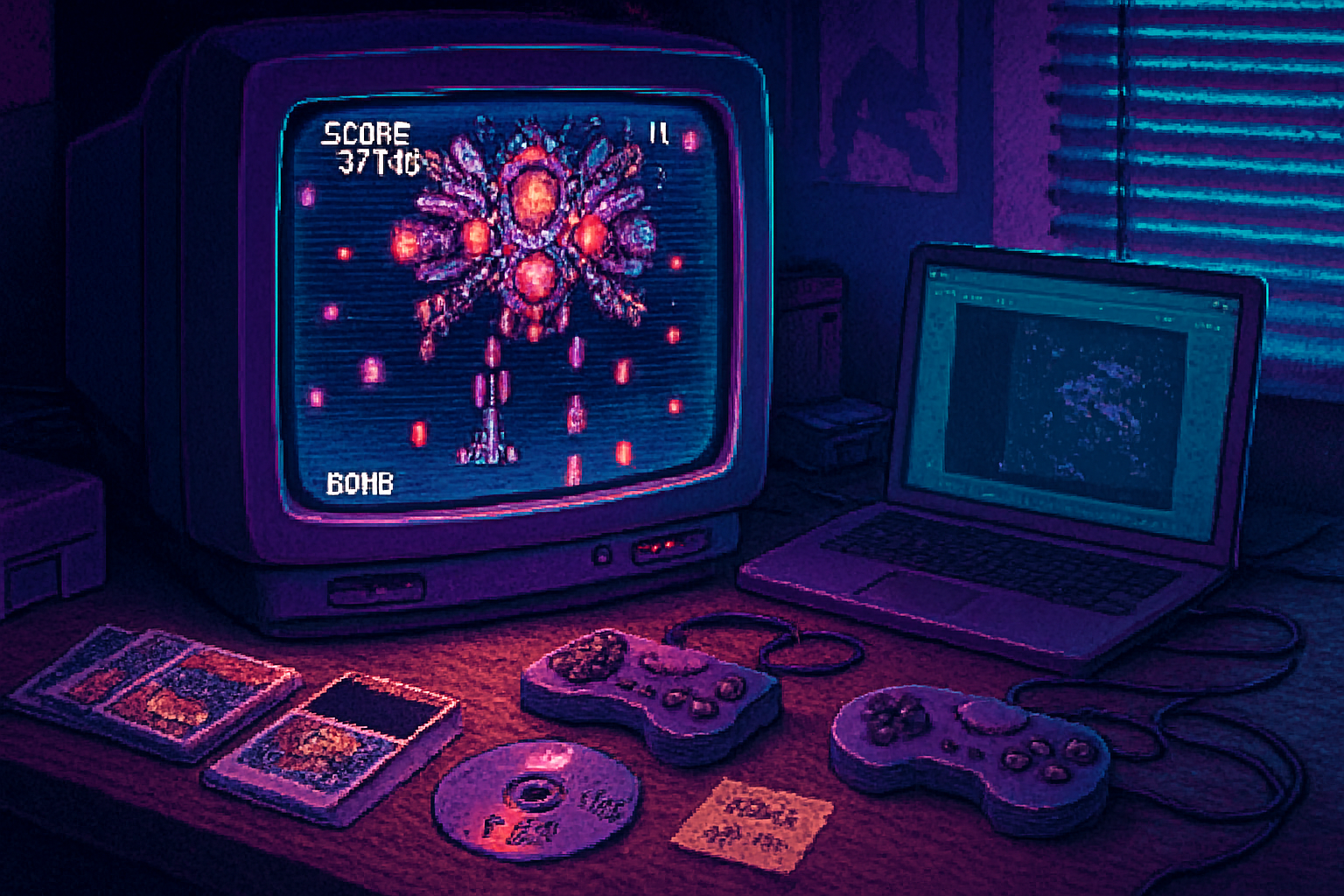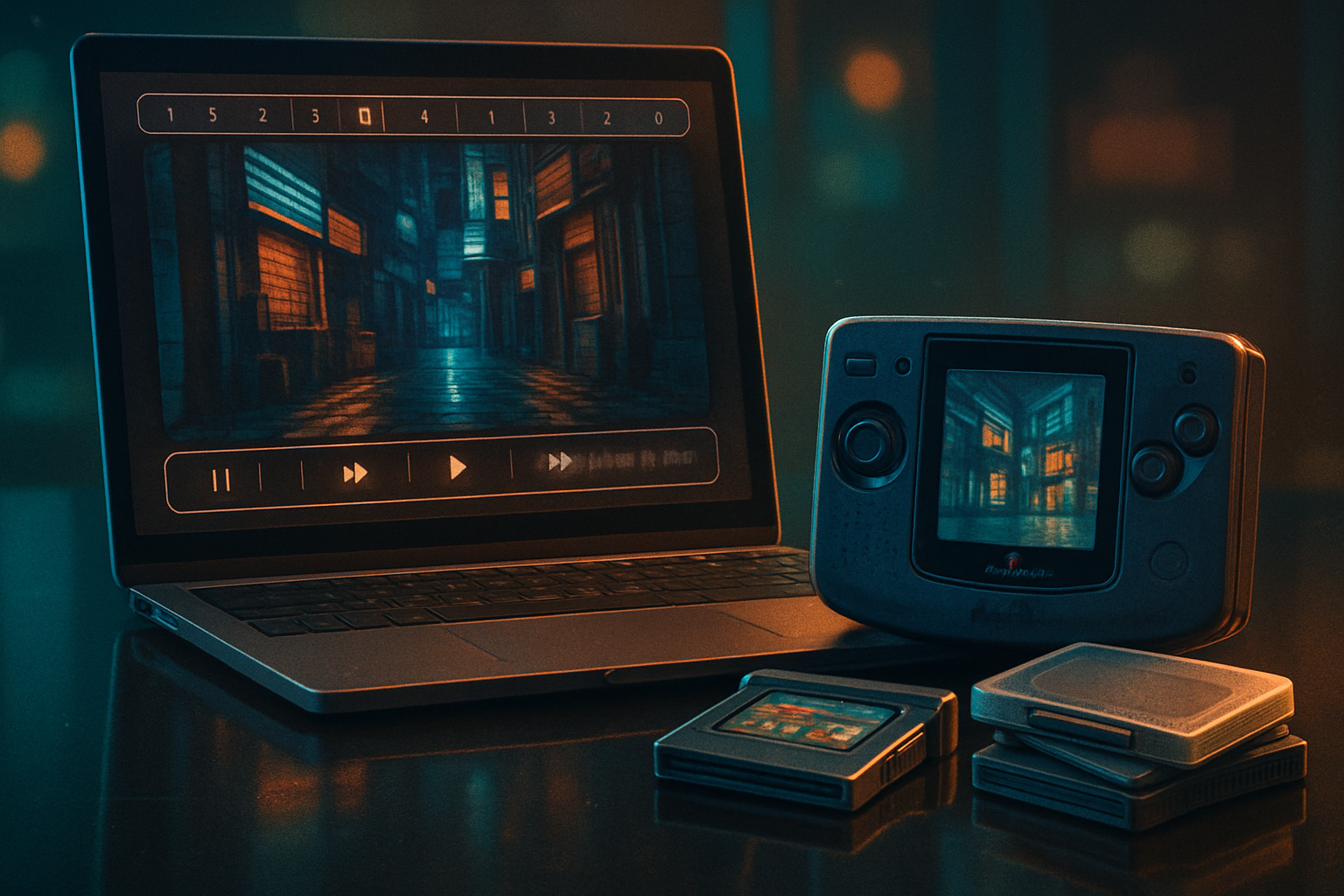· retrogaming · 7 min read
The Best Atari Lynx Emulators of 2023: A Comprehensive Comparison
A detailed 2023 comparison of the leading Atari Lynx emulators - examining accuracy, performance, UI, platform support, and features - to help retro gamers choose the right emulator for desktop, mobile or retro-console setups.
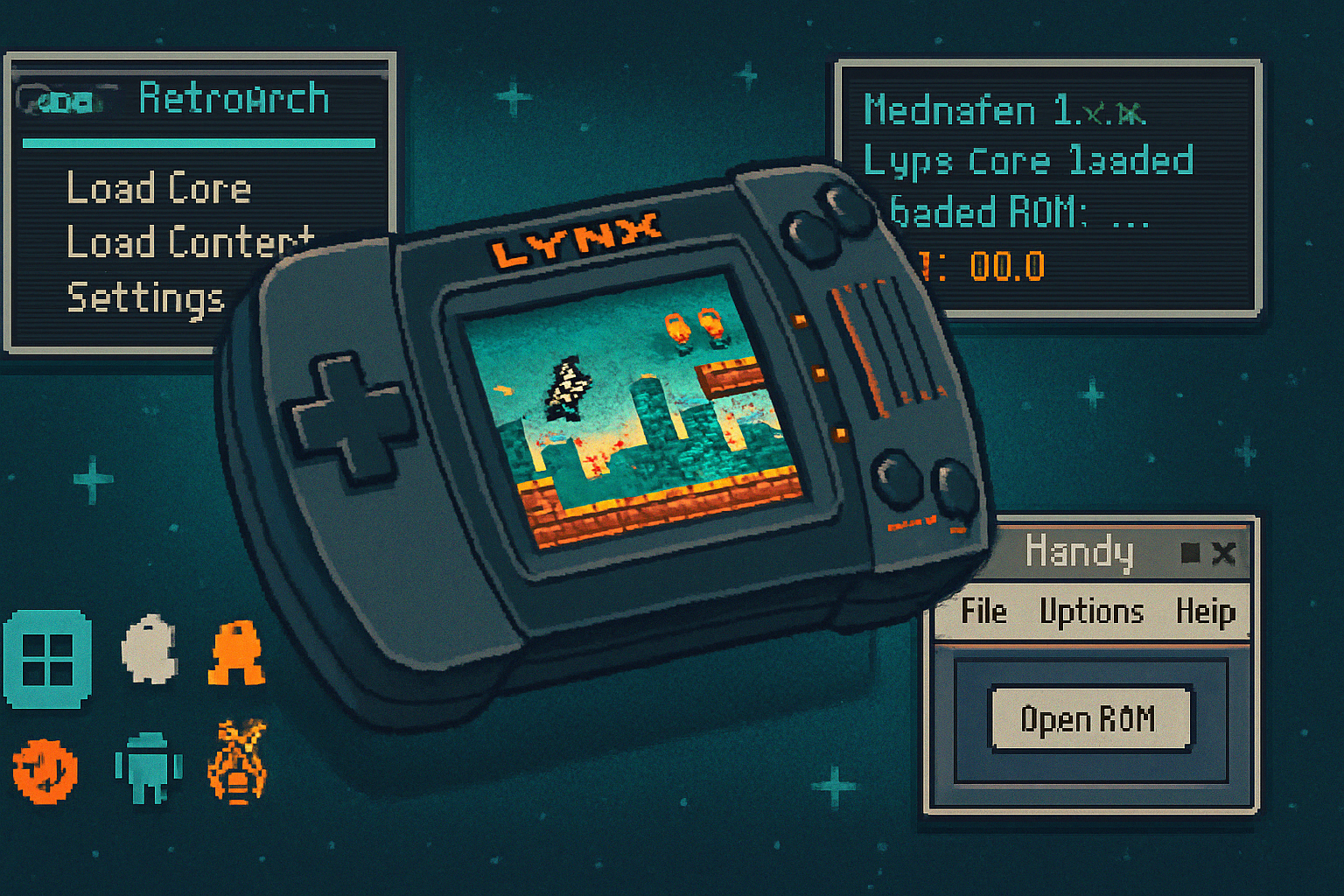
Why the Atari Lynx still matters - and why the right emulator matters too
The Atari Lynx was a technological standout when it launched in 1989: a color handheld with a powerful (for its day) custom architecture. Today the Lynx lives on thanks to a vibrant retro scene and several capable emulators. Choosing the right emulator is about more than just running ROMs - it’s about accuracy, input handling, save systems, shader/scaling options, and how well the package fits the platforms you actually use (desktop, mobile, Raspberry Pi/RetroPie, or frontends like RetroArch).
This guide compares the best Atari Lynx emulators available in 2023, explains strengths and weaknesses, and recommends the right tool for different use cases.
References used in this article include the Atari Lynx overview on Wikipedia, Mednafen’s documentation, libretro/RetroArch docs, and RetroPie’s guide to Lynx emulation:
- Atari Lynx (Wikipedia): https://en.wikipedia.org/wiki/Atari_Lynx
- Mednafen (official): https://mednafen.github.io/
- Libretro “handy” core docs: https://docs.libretro.com/library/handy/
- RetroPie docs (Atari Lynx): https://retropie.org.uk/docs/Atari-Lynx/
Quick recommendations (TL;DR)
- Best overall accuracy (desktop) - Mednafen
- Best cross-platform/easiest frontend integration - RetroArch (Handy libretro core)
- Best standalone classic experience on desktop - Handy (standalone builds)
- Best mobile experience - Handy-based Android ports / RetroArch on Android
- Best for RetroPie / Raspberry Pi / low-end SBCs - RetroArch (Handy core)
What I compared and why it matters
Every emulator was evaluated along these axes:
- Accuracy - timing, sound, and visual fidelity compared to hardware behavior
- Performance - CPU/GPU load and smoothness on range of hardware (desktop to SBC)
- Compatibility - number of commercial and homebrew titles that run without glitches
- Features - save states, rewind, fast-forward, cheat support, shaders, host-side conveniences
- UI / user experience - ease of setup, controllers, on-screen overlays, ROM management
- Platform support - Windows, macOS, Linux, Android, Raspberry Pi, frontends like RetroPie/RetroArch
The contenders (what’s in active use in 2023)
- Handy (standalone) - the historically dominant Lynx emulator, available in maintained forks and builds
- RetroArch (libretro “handy” core and related cores) - gives a single frontend across platforms
- Mednafen - multi-system, accuracy-focused emulator with a Lynx core
- Handy ports on mobile (Android) and RetroPie-friendly builds
Each of these has distinct advantages. Below we profile each one.
Handy (standalone)
Overview
- Handy is the classic Atari Lynx emulator historically used by the community. Over the years it has been forked and maintained by different authors, and it’s available as native builds for Windows, Linux and sometimes macOS, plus Android ports.
Strengths
- Native, straightforward Lynx-focused implementation
- Good compatibility with most Lynx titles
- Lightweight and simple to configure for desktop users
- Often the basis for libretro ports or Android builds
Weaknesses
- GUI and UX can be dated depending on the build
- Lacks some modern frontend conveniences (shaders, unified input profiles, automatic scanning) unless packaged or fronted by something like RetroArch
Best for
- Users who want a native, minimal setup and who prefer a dedicated Lynx binary over a multi-system frontend
Useful links
- SourceForge legacy: http://handy.sourceforge.net/ (historical reference)
RetroArch (libretro “Handy” core and related cores)
Overview
- RetroArch is a frontend that runs many emulation cores (libretro cores). The Lynx experience in RetroArch typically uses a core based on Handy. RetroArch brings consistent UI, input mapping, shaders, save states, netplay (where supported), and rewinding.
Strengths
- Cross-platform - Windows, macOS, Linux, Android, many consoles and handhelds
- Modern features - shaders, remapping, overlays, rewind, achievements (Runa…/RunaCheevos), unified configuration
- Easy controller setup and hotkeys; integrates well with RetroPie/RetroBat/LaunchBox
- Many convenience features for casual play and for running large libraries
Weaknesses
- A layer of complexity - installing and configuring RetroArch + cores can be intimidating for absolute beginners
- Core quality depends on the upstream Handy implementation - but the libretro core is mature and widely tested
Best for
- Users who want a clean, consistent experience across many systems and devices (desktop, mobile, Raspberry Pi), and for anyone already using RetroArch for other systems
Useful docs
- Libretro/Handy core: https://docs.libretro.com/library/handy/
- RetroArch project: https://www.retroarch.com/
Mednafen
Overview
- Mednafen is an accuracy-focused multi-system emulator that aims for faithful emulation across supported consoles, including the Atari Lynx. It is known for excellent timing and audio reproduction.
Strengths
- High fidelity/accuracy - one of the more faithful software emulators for Lynx
- Robust command-line options and cross-platform builds
- Good compatibility and stable behavior across titles
Weaknesses
- No graphical frontend built-in (though third-party frontends exist)
- Steeper learning curve due to configuration via files/CLI on some platforms
- Fewer niceties compared to RetroArch (shaders, easy savestates management via UI), unless combined with a frontend
Best for
- Purists and preservationists who want a close-to-hardware experience and are comfortable with configuration files or frontends
Useful link
- Mednafen official: https://mednafen.github.io/
Mobile builds and Android ports
Handy-based ports and RetroArch on Android are the two dominant approaches on mobile. Android RetroArch + Handy core gives the full RetroArch feature set, while some standalone Handy ports aim to provide minimal, snappy experiences tuned for touchscreens.
Strengths
- RetroArch gives controller overlays, mapping, and cross-device parity
- Standalone Handy builds can be faster and simpler when you just want to load ROMs and play
Weaknesses
- Touch controls are naturally limited for a system originally designed for physical buttons; a Bluetooth controller is recommended
- Quality varies among third-party Handy ports
Best for
- Mobile gamers - RetroArch for parity and features, Handy ports for simplicity
Head-to-head: Accuracy, performance and compatibility
Accuracy
- Mednafen tends to be the leader for accuracy and faithful audio/timing.
- Handy (standalone and libretro core) is very capable and accurate for most titles and historically has been considered the de facto standard for playable compatibility.
Performance
- On modern desktop hardware, any of these options will run Lynx games at full speed.
- On Raspberry Pi-class SBCs and older phones, RetroArch’s Handy core is optimized and typically performs best thanks to frontend-focused packaging and build optimizations.
Compatibility
- All three options (Handy, RetroArch/Handy core, Mednafen) run the bulk of Lynx library without major issues. Edge-case homebrew and rare carts may show differences; Mednafen’s emphasis on fidelity helps with tricky timing-sensitive titles.
Features
- RetroArch wins for convenience (shaders, rewinding, unified save management, hotkeys, overlays, netplay where applicable).
- Mednafen and standalone Handy may require extra manual setup for some features but can be simpler for single-system use.
Practical setup notes and recommended settings
- File formats - Lynx ROMs usually carry extensions like .lnx or .bin. Some frontends accept zipped archives directly.
- Scaling - For a pixel-accurate look, use integer scaling and disable aggressive filtering. If you prefer a softened look on large displays, try CRT shaders or bilinear filtering (RetroArch has many shader presets).
- Sound latency - Reduce audio buffer size for lower latency if your hardware allows it; increase it if you get stuttering.
- Controller mapping - Most modern controllers map well via RetroArch. For standalone Handy, manual mapping may be required in the options.
- Save states - Use save states for convenience, but also rely on in-game saves for preservation and authenticity.
Sample RetroArch config tips
- Use the Handy libretro core for best cross-platform parity.
- Enable “Run-Ahead” or frame delay features sparingly - they may help input latency but can increase instability on low-end hardware.
- Use rewind feature for casual play; keep a few seconds worth to avoid excessive memory use.
Legal note
Emulators themselves are legal in most jurisdictions. ROMs/BIOS files may be copyrighted; you should only use ROMs you own or that are freely distributed. The preservation community values legal and ethical sourcing of game images.
Which should you choose? (Recommendations by user type)
- You want the most accurate, preservation-oriented experience - Mednafen
- You want a modern, cross-platform frontend with convenience features and wide device support - RetroArch (Handy core)
- You want a simple Lynx-only experience on desktop - Handy (standalone builds)
- You want the best mobile experience - RetroArch on Android (or a well-reviewed Handy Android port if you prefer a single-app approach)
- You’re running a Raspberry Pi/RetroPie - RetroArch with the Handy core - the best balance of performance and features
Troubleshooting common issues
- Stuttering or audio hiccups - raise the audio buffer size or lower the audio sample rate in settings.
- Input lag - ensure vertical sync settings are appropriate; try reducing audio buffer and use a wired controller where possible.
- Bad aspect/overscan on TVs - use integer scaling or configure the frontend’s viewport settings to avoid cropping.
Final thoughts
By 2023 the Atari Lynx emulation scene is mature. If you want the most accurate reproduction of the Lynx, pick Mednafen; if you want ease-of-use, cross-platform parity, and modern frontend features, RetroArch with the Handy core is the best choice. For a minimal, dedicated experience, standalone Handy builds still make sense.
Whatever you choose, pairing the emulator with a Bluetooth controller (for mobile) or a proper controller on desktop will make the experience much closer to the handheld’s original feel.
Further reading and resources
- Atari Lynx on Wikipedia: https://en.wikipedia.org/wiki/Atari_Lynx
- Mednafen project: https://mednafen.github.io/
- Libretro/Handy core docs: https://docs.libretro.com/library/handy/
- RetroPie - Atari Lynx docs:
